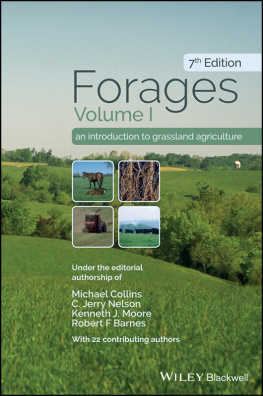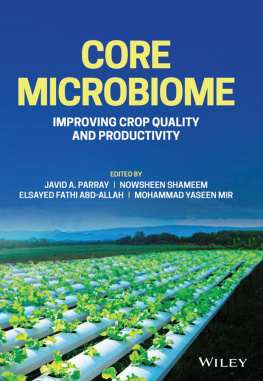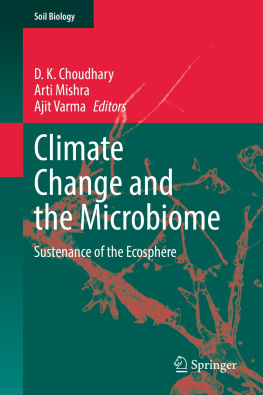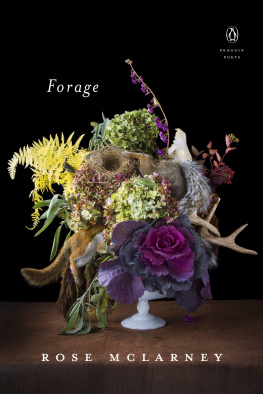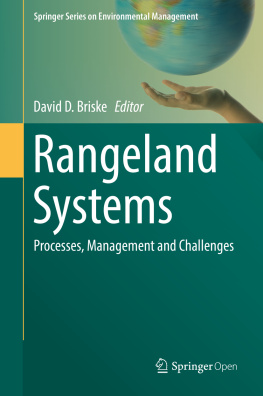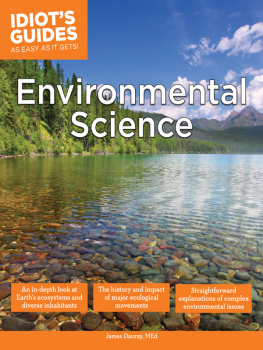
This edition first published 2018
2018 John Wiley & Sons, Inc.
Edition History
Hughes, H. D., Maurice E. Heath and Darrel S. Metcalfe, 1st edition, The Science of Grassland Agriculture. Copyright by The Iowa State College Press, 1951
Hughes, H. D., Maurice E. Heath and Darrel S. Metcalfe, 2nd edition, The Science of Grassland Agriculture. Copyright by The Iowa State University Press, 1962
Heath, Maurice E., Darrel S. Metcalfe and Robert F Barnes 3rd edition, The Science of Grassland Agriculture. Copyright The Iowa State University Press, 1973
Heath, Maurice E., Robert F Barnes and Darrel S. Metcalfe. 4th edition, The Science of Grassland Agriculture. Copyright The Iowa State University Press, 1985
Barnes, Robert F, Darrell A Miller and C. Jerry Nelson, 5th edition, An Introduction to Grassland Agriculture. Copyright Iowa State University Press, 1995
Barnes, Robert F, C. Jerry Nelson, Michael Collins and Kenneth J. Moore, 6th edtion, Forages, An Introduction to Grassland Agriculture. Copyright Iowa State Press, 2003
All rights reserved. No part of this publication may be reproduced, stored in a retrieval system, or transmitted, in any form or by any means, electronic, mechanical, photocopying, recording or otherwise, except as permitted by law. Advice on how to obtain permission to reuse material from this title is available at http://www.wiley.com/go/permissions.
The right of Michael Collins, Curtis Jerome Nelson, Kenneth J. Moore and Robert F Barnes to be identified as the authors of the editorial material in this work has been asserted in accordance with law.
Registered Office
John Wiley & Sons, Inc., 111 River Street, Hoboken, NJ 07030, USA
Editorial Office
111 River Street, Hoboken, NJ 07030, USA
For details of our global editorial offices, customer services, and more information about Wiley products visit us at www.wiley.com.
Wiley also publishes its books in a variety of electronic formats and by print-on-demand. Some content that appears in standard print versions of this book may not be available in other formats.
Limit of Liability/Disclaimer of Warranty
In view of ongoing research, equipment modifications, changes in governmental regulations, and the constant flow of information relating to the use of experimental reagents, equipment, and devices, the reader is urged to review and evaluate the information provided in the package insert or instructions for each chemical, piece of equipment, reagent, or device for, among other things, any changes in the instructions or indication of usage and for added warnings and precautions. While the publisher and authors have used their best efforts in preparing this work, they make no representations or warranties with respect to the accuracy or completeness of the contents of this work and specifically disclaim all warranties, including without limitation any implied warranties of merchantability or fitness for a particular purpose. No warranty may be created or extended by sales representatives, written sales materials or promotional statements for this work. The fact that an organization, website, or product is referred to in this work as a citation and/or potential source of further information does not mean that the publisher and authors endorse the information or services the organization, website, or product may provide or recommendations it may make. This work is sold with the understanding that the publisher is not engaged in rendering professional services. The advice and strategies contained herein may not be suitable for your situation. You should consult with a specialist where appropriate. Further, readers should be aware that websites listed in this work may have changed or disappeared between when this work was written and when it is read. Neither the publisher nor authors shall be liable for any loss of profit or any other commercial damages, including but not limited to special, incidental, consequential, or other damages.
Library of Congress Cataloging-in-Publication Data
Names: Collins, Michael, 1951 editor. | Nelson, C. J. (Curtis J.), 1940 editor. | Moore, Kenneth J., editor. | Barnes, Robert F., 1933 editor.
Title: Forages / edited by Michael Collins, C. Jerry Nelson, Kenneth J. Moore, Robert F Barnes.
Description: Seventh edition. | Hoboken, NJ : Wiley, 2018 | Includes bibliographical references and index. | Description based on print
version record and CIP data provided by publisher; resource not viewed.
Identifiers: LCCN 2017015856 (print) | LCCN 2017017201 (ebook) | ISBN 9781119300656 (pdf) | ISBN 9781119300663 (epub) |
ISBN 9781119300649 (v.1 : cloth)
Subjects: LCSH: Forage plants. | Forage plantsUnited States.
Classification: LCC SB193 (ebook) | LCC SB193 .F64 2017 (print) | DDC 633.2dc23
LC record available at https://lccn.loc.gov/2017015856
Cover Design: Wiley
Cover Images: Courtesy of Michael Collins
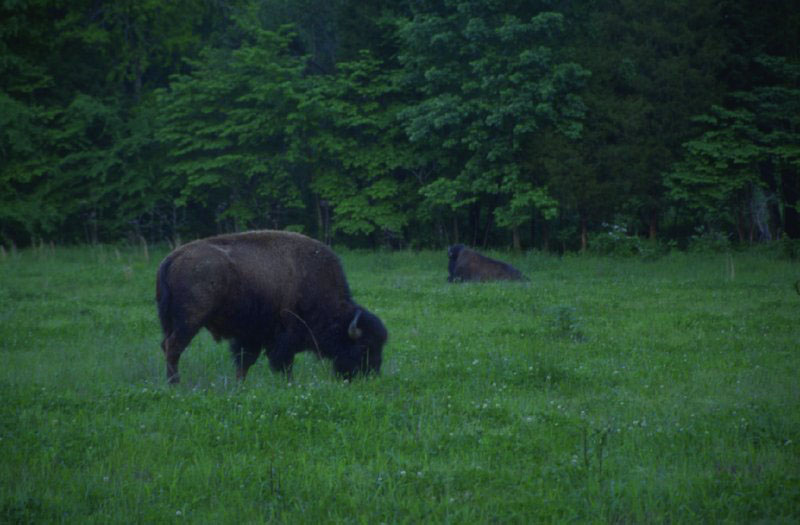
Millions of bison were present on the prairies of North America at the time of European settlement.
Preface
The concept of grassland agriculture is based on the premise that pastures and fields comprised of forage plants that are grazed or harvested mechanically are integral parts of a sustainable agricultural system. Their roles in livestock systems, particularly ruminants, are well documented in terms of nutritional value, improvements in fertility and quality of soils, and erosion control to protect soil and water resources. Today, forages are expected to provide even more ecosystem services associated with nutrient management, winter cover crops, biofuel production, wildlife benefits, well-being of pollinators, mitigating global climate change, and even providing aesthetic value to the landscape. The social values of agricultural landscapes, including pastures and haylands, have become a major public priority.
The public is not well aware of these values of grasslands or how best to provide these multiple functions, yet is very concerned with the quality and safety of the food products from grasslands while preserving the environment and its many components. The public is aware that farmers and ranchers, as land managers, are major stewards of these resources, and that government programs are often used to encourage agriculturalists to meet these expectations. Furthermore, only about 1% of the US population is currently involved in production agriculture, and there has been a gradual shift from general support of the traditional family farms to concerns about large corporate or industrialized farms that may lack the core values expected from the stewards of these grassland resources. Often the corporate farm is considered to be closely linked to private industry, with an accompanying negative perception of the profit incentive and management strategies.
Therefore our goal is to provide an up-to-date textbook that introduces students and professionals to the concepts and practical ways in which pastures and haylands can contribute to sustainable land management by providing quality food and fiber products while protecting the environment and providing the expected ecosystem services. The seventh edition of Forages continues to serve as a textbook for undergraduate students (Volume I), and a more advanced and comprehensive treatment serves as a major reference (Volume II). Volume I of the seventh edition is a thorough update of the sixth edition, to add new dimensions and purposes of managing grasslands and haylands. The outcome is the most comprehensive text available for students of undergraduate courses over a broad geographic area.
Next page
